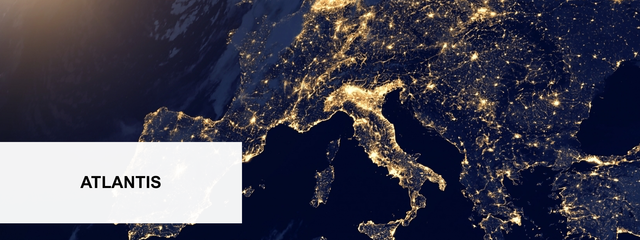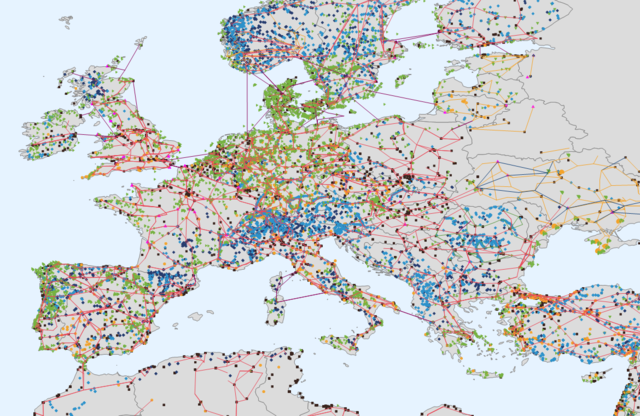
Since 2002 the Institute of electricity economics and energy innovation has been working on a realistic (real economy, nominal economy and organizational architecture) model of the European electricity economy. Investing about 50 man-years from different disciplines like electrical engineering, mechanical engineering, plant engineering, business administration, economics, operations research, computer science and law made the development of this comprehensive model of the European electricity economy possible.
The European energy and electricity economy faces huge challenges: the ongoing climate change and the increasing dependency on energy imports call for concrete counter-steering strategies. Numerous measures have already been implemented in the current energy strategy of the European Union. Since the electricity sector is influenced by certain peculiarities (such as non-storability, capital intensity, longevity), the effects of the measures mentioned above need to be investigated.
Model Description
The simulation model ATLANTIS comprises the entire electricity economy of the ENTSO-E area and includes the relevant systemic connections. The most important elements of the part dealing with the real economy are the power plant park, the superior European transmission network (400/220-kV-level), as well as the regionalised demand of the customers.
Possible Applications
ATLANTIS permits scientific investigations like:
- Development of regional electricity prices
- Quantification of the economical benefit of constructing high-voltage lines and power plants
- Needs in terms of infrastructure development
- Scenario analysis for the integration of renewable energies
- Systemic marginal costs of renewable energies
- Stress tests for the simulation of energy shortages
- Effects of power demand side management (PDSM)
- Pre-analysis of different regulatory approaches and market organisations (e.g. new European directives, CO2-regulations...)
- And many more
The simulation model ATLANTIS has been developed in order to state scientifically sound conclusions based on scenario-analysis. These insights are able to contribute to the prosperous development of the European energy and electricity economy.



